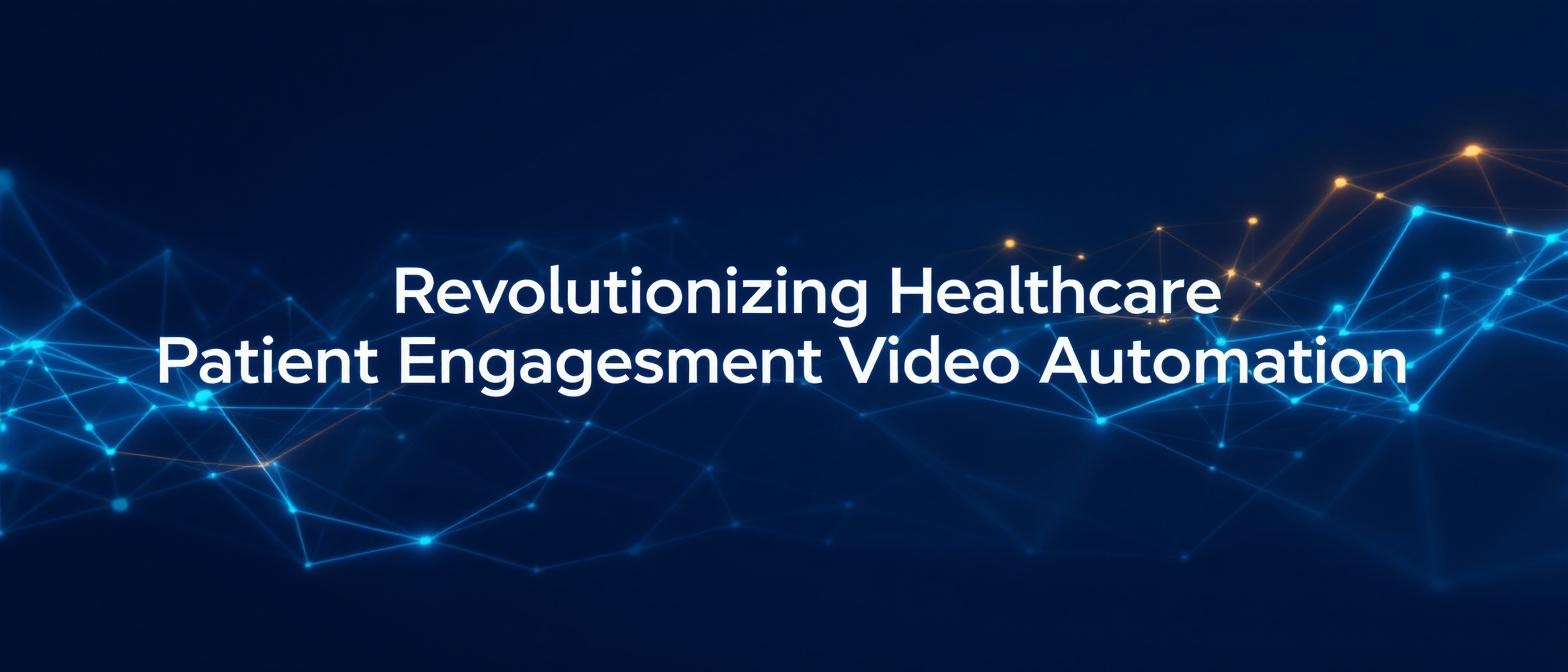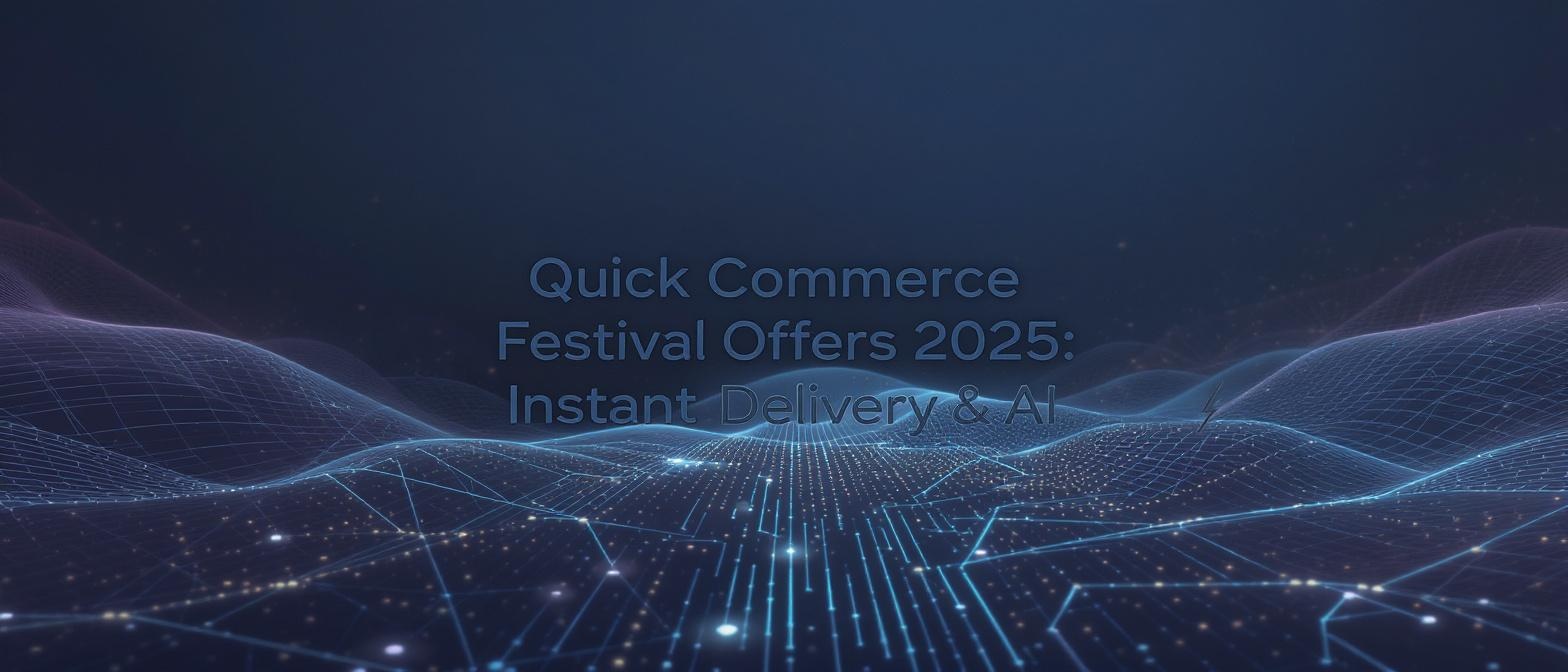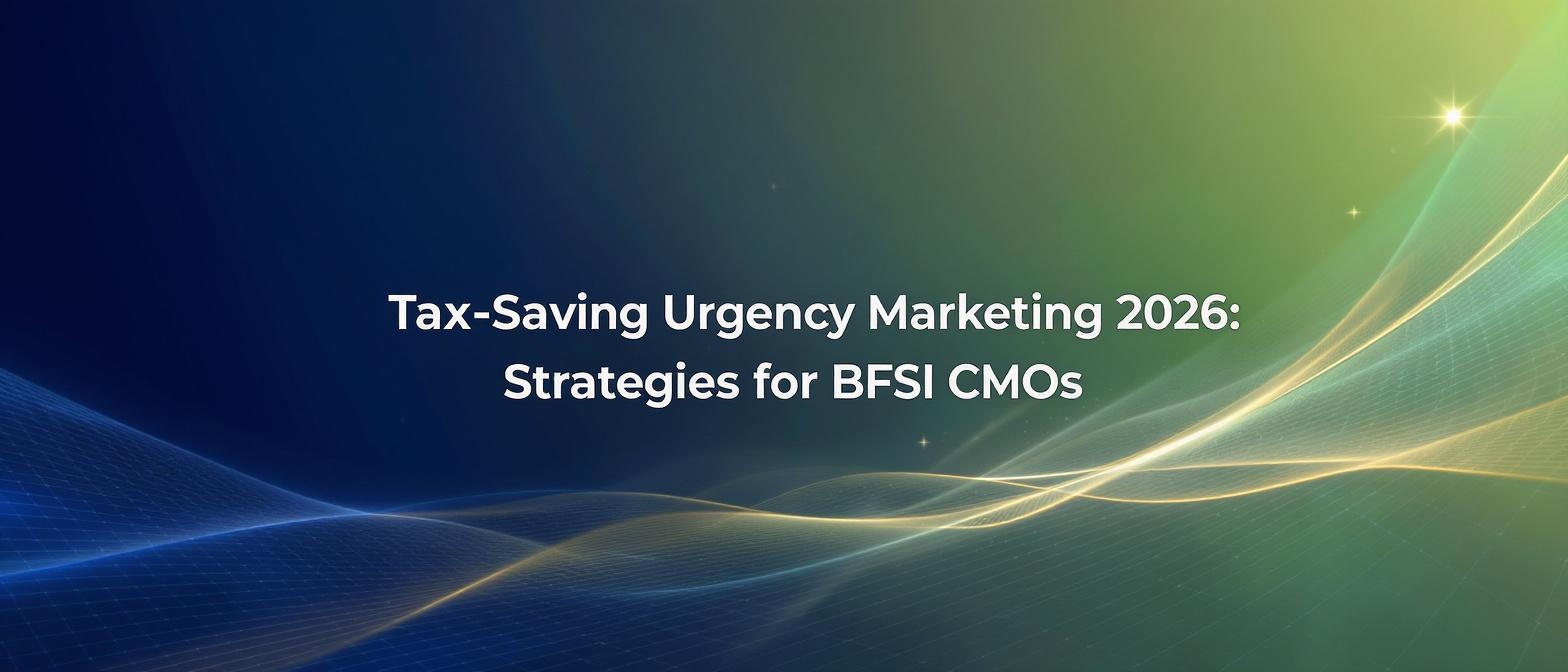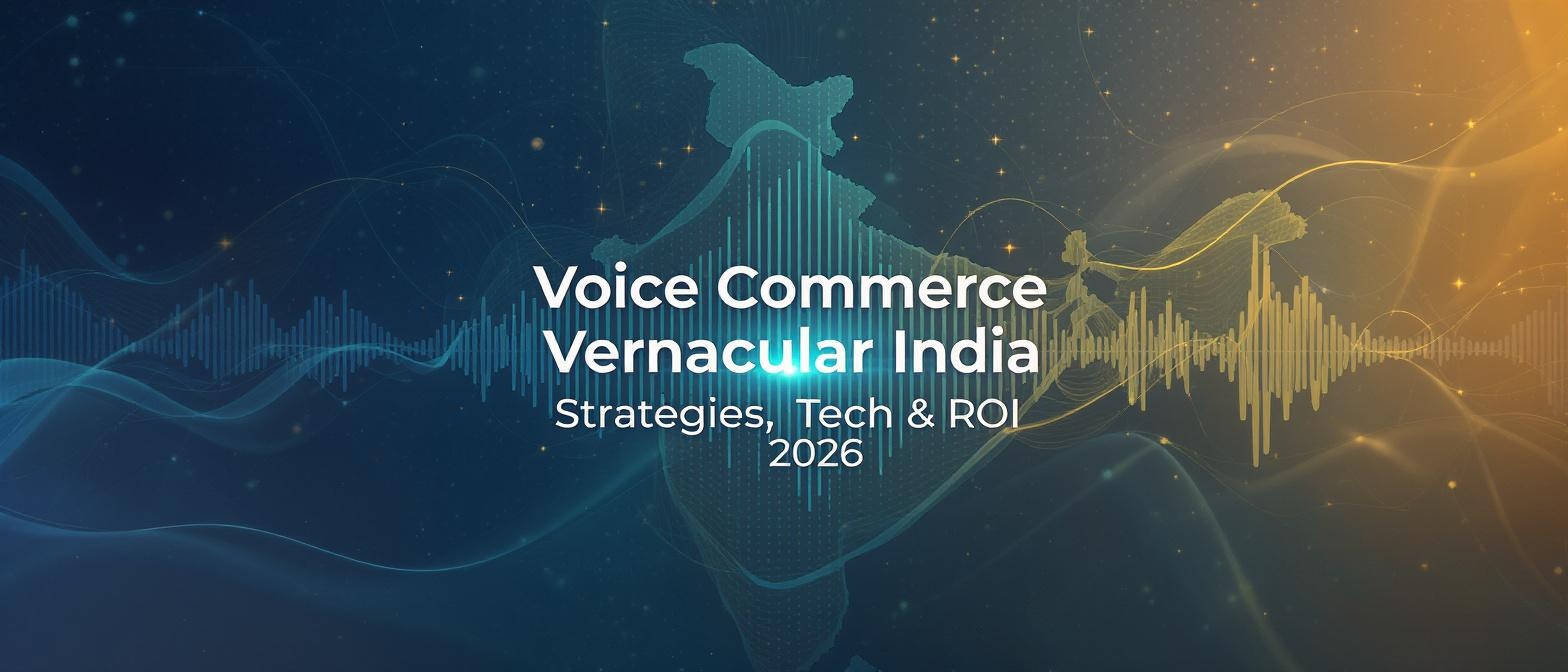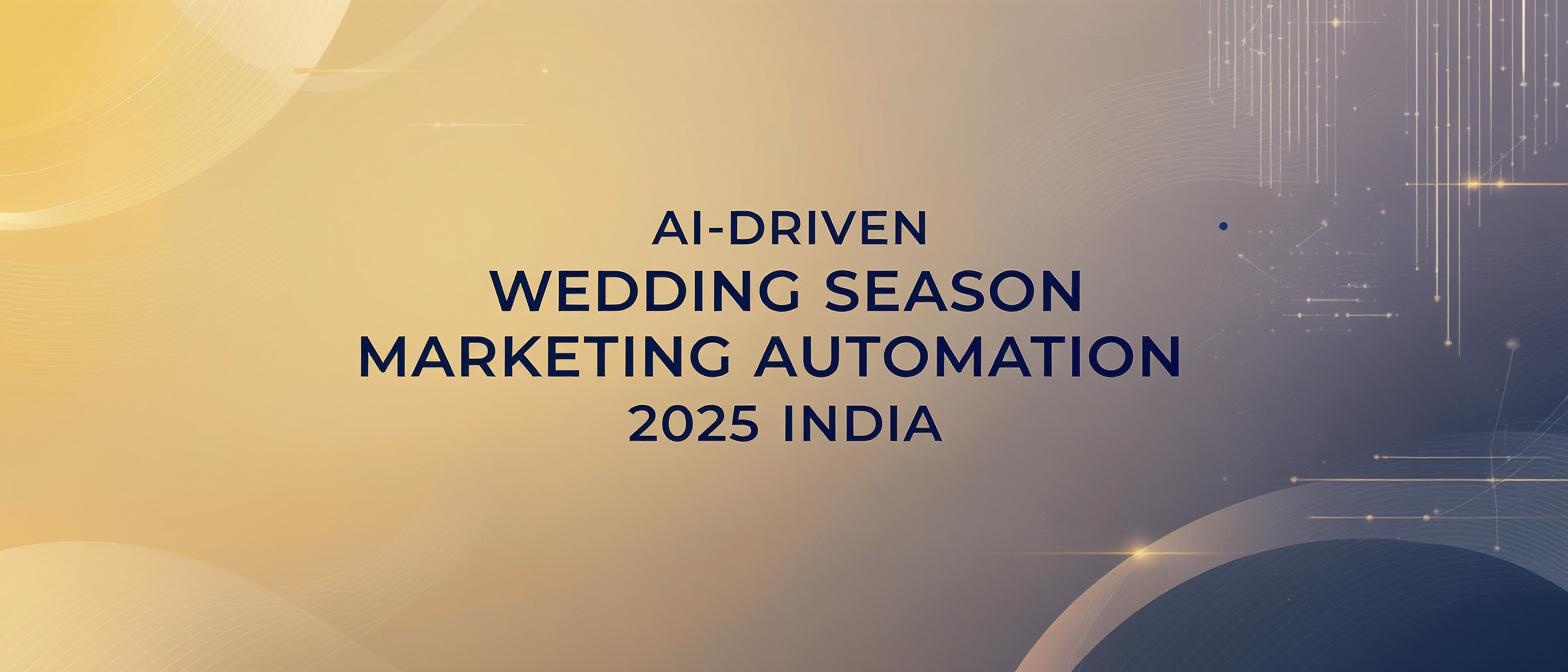Revolutionizing Care with Healthcare Patient Engagement Video Automation: 10 Strategies for 2025
Estimated reading time: 15 minutes
Key Takeaways
- Video automation enhances communication by delivering personalized health information
- Automated reminders reduce no-show rates and boost patient compliance
- Language and cultural personalization is critical for maximizing engagement
- Platforms like TrueFan AI offer advanced features for scalable, customized video experiences
- Healthcare digital transformation relies on strategic integration of automated video touchpoints
The future of patient care is not just about medical advancements; it's about communication. As accelerated healthcare digital transformation automation becomes the single most impactful issue for global health systems in 2025, the focus sharpens on meaningful patient interaction. This is where healthcare patient engagement video automation emerges as a critical strategy for providers in India and across the globe.
This technology is defined as the use of AI-driven, hyper-personalized video content delivered at scale to interact with, educate, and guide patients throughout their entire care journey. It’s a powerful fusion of data, AI, and empathetic communication designed to meet the modern patient's expectations.
For healthcare leaders aiming to enhance patient compliance, boost satisfaction scores, and unlock significant operational efficiencies, video automation is no longer an option—it's a necessity. This article explores 10 actionable strategies that leverage this technology to transform the patient experience and deliver a superior standard of care in 2025 and beyond.
Source: www.deloitte.com
Source: www.simbo.ai
1. Understanding Patient Engagement Video Automation
At its core, healthcare patient engagement video automation is the sophisticated integration of AI-powered video generation platforms with existing healthcare systems like Electronic Health Records (EHR) and Customer Relationship Management (CRM) software. This synergy allows for the automatic triggering of personalized videos at key moments in a patient's care journey, such as post-discharge, during chronic care management check-ins, or before a complex procedure.
The benefits are immediate and measurable, directly addressing the core challenges of modern healthcare delivery.
- Improved Communication Consistency: Automated systems ensure that every patient receives the right information at the right time.
- Reduced Administrative Workload: Automation can reduce the manual outreach burden on clinical staff by up to 40%.
- Boosted Patient Satisfaction and Adherence: Personalized, easy-to-understand video content significantly improves patient satisfaction scores and adherence.
Looking ahead to 2025, a key trend identified by healthcare executives is the demand for data-driven personalization combined with real-time rendering. The expectation is that a hyper-personalized video should be generated and delivered in under 30 seconds from a trigger event, making communication feel instantaneous and highly relevant.
Source: www.welkinhealth.com
Source: www.idomoo.com
Source: www.deloitte.com
2. Treatment Journey Personalization Videos
Generic pamphlets and verbal instructions are often inadequate for explaining a complex treatment path. Treatment journey personalization videos solve this by creating a unique video for each patient that dynamically inserts their specific data—such as name, condition, medication schedule, and next steps—into a clear, empathetic narrative.
The technical execution of this strategy involves API calls from the video platform to the hospital's EHR system. These calls fetch key patient variables, which are then passed into a pre-designed video template. Advanced AI ensures that when a spokesperson or celebrity figure says the patient's name, the lip movements are perfectly synced, creating a deeply personal and convincing experience.
The impact is profound. Studies show that this level of personalization can lead to 25-30% higher patient compliance compared to generic instructions. Furthermore, when the message is delivered by a trusted figure, like a well-known celebrity or the patient's own doctor, it fosters a powerful emotional connection, significantly increasing information recall and trust in the care plan.
Source: www.simbo.ai
3. Medical Appointment Reminder Videos
Patient no-shows are a costly problem for healthcare providers, leading to wasted clinician time and disruptions in care continuity. Medical appointment reminder videos offer a highly effective solution by replacing standard text reminders with short, engaging, and personalized video messages.
The workflow is simple and fully automated. When an appointment is logged in the scheduling system, it triggers the video platform. An API fetches the patient's name, appointment date, and time, and inserts it into a friendly video template. The final video, perhaps featuring a doctor saying, “Hi [Patient Name], we're looking forward to seeing you on [Date] at [Time],” is then delivered automatically via SMS, WhatsApp, or email.
This approach includes clear calls-to-action allowing patients to confirm or reschedule with a single click. The results are striking: automated video reminders have been shown to reduce no-show rates by up to 50%. This not only optimizes clinic schedules but also frees up administrative staff from hours of manual reminder calls, saving an estimated two hours per day for each team member.
Source: amazingcharts.com
Source: www.welkinhealth.com
4. Patient Care Pathway Automation
For patients with complex or chronic conditions, the care journey involves numerous steps over weeks or months. Patient care pathway automation ensures that guidance is delivered consistently at every stage—from initial onboarding and diagnosis to ongoing treatment and long-term follow-up—using a pre-sequenced series of videos.
This strategy relies on sophisticated condition engines. For example, a patient recovering from cardiac surgery will be enrolled in a different automated video pathway than a patient managing diabetes. The system's logic selects the appropriate video modules, and an orchestrator, often integrated with the CRM, schedules their release at clinically relevant intervals.
The primary outcome of this automation is the elimination of gaps in care. It guarantees that no critical step, educational message, or follow-up instruction is missed in a multi-visit protocol. From an ROI perspective, the impact is significant, with healthcare systems reporting up to a 20% reduction in costly patient readmissions after implementing automated video pathways.
Source: www.simbo.ai
Source: amazingcharts.com
5. Healthcare Compliance Video Campaigns
Ensuring patient adherence to medication schedules and necessary lifestyle changes is one of the biggest challenges in healthcare. Healthcare compliance video campaigns address this by deploying thematic video series that educate, motivate, and reinforce positive health behaviors over time.
Instead of a one-time conversation, a provider can create an automated drip campaign. For a newly diagnosed diabetic patient, this might look like a multi-week series:
- Week 1: A personalized video explaining their specific medication and the importance of timing.
- Week 2: A video offering practical tips on nutrition and meal planning.
- Week 3: An encouraging message with a tutorial on monitoring blood sugar levels.
A robust medical communication video platform provides the analytics to support these campaigns. Providers can track video completion rates to gauge engagement. If the system detects a patient has stopped watching the series, it can automatically trigger a follow-up video or alert a care manager to intervene personally, creating a proactive and data-driven compliance strategy.
Source: www.idomoo.com
Source: amazingcharts.com
6. Medical Treatment Explanation Videos
Fear of the unknown can be a major source of anxiety for patients facing a medical procedure. Medical treatment explanation videos are designed to demystify complex treatments and procedures, such as preparing for a colonoscopy, understanding the side effects of chemotherapy, or what to expect during an MRI.
These on-demand videos go far beyond simple explanations. They use a combination of clear language, graphical overlays, and 3D animations to illustrate exactly what will happen. Personalization is key; the video can be dynamically tailored to include the name of the patient's specific treatment or surgeon, making the information feel directly relevant.
By providing this clarity and transparency, providers can empower patients to give truly informed consent. This educational approach has been proven to reduce pre-procedure anxiety by as much as 40%, leading to a better patient experience and smoother, more efficient clinical workflows on the day of the treatment.
Source: www.idomoo.com
7. Hospital Patient Experience Videos
In an increasingly competitive healthcare market, the patient experience is a key differentiator. Hospital patient experience videos are story-driven assets that build trust and showcase a facility's commitment to compassionate care before a patient ever steps through the door.
These videos move beyond clinical descriptions to feature authentic patient testimonials, introduce the care teams in a warm and personal way, and provide virtual tours of the facilities. They tell a story of healing and hope, creating an emotional connection with prospective patients and their families.
The strategic placement of these videos on hospital websites, social media channels, and patient portal landing pages is crucial for their success. As a testament to their impact, renowned institutions like the Mayo Clinic saw a remarkable 30% increase in patient tour requests after launching their experience video campaigns, demonstrating a direct link between compelling video content and patient acquisition.
Source: corp.kaltura.com
8. Healthcare Digital Transformation Automation
Video automation is not a standalone solution but a powerful component of a broader healthcare digital transformation automation strategy. To maximize its impact, providers must embed personalized video into every digital touchpoint, including telehealth platforms, remote patient monitoring (RPM) systems, and AI-powered triage bots.
This deep integration creates a seamless and intelligent communication ecosystem. For example:
- A telehealth consultation can automatically trigger a personalized video summary of the doctor’s recommendations.
- An alert from an RPM device can trigger an instructional video on corrective actions.
- An AI triage bot conversation can conclude with a video directing the patient to the appropriate care setting.
Looking toward 2025, a groundbreaking trend is the use of Augmented Reality (AR) to layer interactive video content onto patient-facing mobile apps. Imagine a patient pointing their phone at a consent form and seeing a video of their surgeon appear, walking them through each clause. This is the future of interactive, transparent, and highly engaging patient communication.
Source: www.keragon.com
Source: www.bcg.com
9. Patient Education Video Personalization
Effective patient education is not one-size-fits-all. True engagement requires deep patient education video personalization, tailoring content to the unique context of each individual. Platforms like TrueFan AI enable providers to move beyond basic name insertion and segment audiences with incredible granularity.
Advanced strategies for personalization include:
- Segmenting by Demographics: Tailoring the tone, language, and examples based on the patient's age or cultural background.
- Adjusting for Condition Severity: Providing more detailed information for patients with more acute or complex conditions.
- Ensuring Language Accessibility: Serving diverse, multilingual populations is a cornerstone of health equity. TrueFan AI's 175+ language support and Personalised Celebrity Videos allow healthcare providers to deliver messages in a patient's native tongue with perfect AI-driven lip-sync.
To implement this at scale, providers can leverage CRM tags to automate language and segment selection. This removes the burden of manual curation and ensures every patient automatically receives the most relevant and effective educational content for their specific needs.
10. Selecting the Right Medical Communication Video Platform
Implementing these strategies requires a powerful and secure medical communication video platform. When evaluating potential partners, healthcare organizations must prioritize platforms that offer a specific set of enterprise-grade capabilities to ensure security, scalability, and a clear return on investment.
- API-Driven Architecture: Enables seamless integration with EHR, CRM, and other clinical systems.
- Robust Security and Compliance: Platforms must offer ISO 27001/SOC2 certifications and adhere to data protection regulations equivalent to HIPAA.
- Real-Time Analytics: A comprehensive dashboard to track view rates, engagement metrics, and CTA conversions.
Solutions like TrueFan AI demonstrate ROI through a suite of advanced features designed for the healthcare sector. This includes hyper-personalization at scale, which has been shown to save thousands of hours in creative production time. Their “virtual reshoot” technology allows for message updates without costly new filming sessions, while low-latency rendering (<30 seconds) and multi-channel delivery ensure timely and effective communication. Custom integrations and built-in compliance workflows make it a comprehensive solution for large-scale healthcare systems.
Conclusion: Your Next Step in Patient Engagement
The evidence is clear: healthcare patient engagement video automation is a transformative force. It directly addresses the industry's most pressing goals by elevating patient engagement, improving treatment compliance, boosting satisfaction, and driving significant operational efficiencies. From personalized treatment journeys to fully automated care pathways, these 10 strategies provide a roadmap for healthcare leaders to deliver a more connected, empathetic, and effective standard of care.
The journey toward a digitally transformed patient experience begins with a single step. We encourage healthcare leaders in India to explore the immense potential of this technology by piloting a personalized video workflow.
To see how enterprise-grade video automation can revolutionize your patient communication, contact TrueFan AI for a personalized demo today.
Sidebar: TrueFan AI Capabilities at a Glance
- Custom Solutions: Bespoke API workflows designed for healthcare, enabling virtual reshoots and personalization with a celebrity or in-house spokesperson.
- Scalable & Multilingual: Reach every patient in their own language with support for over 175 languages, featuring perfect AI-driven lip-sync.
- Efficiency & ROI: Replace costly and time-consuming manual outreach with automated, data-driven campaigns. Reduce patient churn and improve readmission rates.
Frequently Asked Questions
1. Is patient data secure when using video automation platforms?
Absolutely. Leading platforms are built with a security-first approach, offering ISO 27001 and SOC 2 certifications. They use end-to-end encryption and comply with data protection regulations equivalent to HIPAA to ensure all patient health information remains confidential.
2. How difficult is it to integrate a video platform with our existing EHR system?
Modern video automation platforms are designed for seamless integration. They use robust APIs that allow them to connect securely with major EHR and CRM systems. The implementation process is typically managed by the platform's technical team to ensure a smooth rollout.
3. Can we use our own doctors as the spokespeople in the videos?
Yes. While using a recognizable celebrity can build instant trust, many platforms allow you to feature your own clinical staff. A single recording session with a doctor can be used to generate thousands of personalized videos, strengthening the doctor-patient relationship at scale.
4. What kind of ROI can we expect from implementing video automation?
The ROI is multifaceted. Financially, it comes from reduced no-shows (up to 50%), lower readmission rates, and savings in staff time spent on manual outreach. Clinically, ROI is seen in higher treatment adherence and better patient outcomes.
5. How can a platform like TrueFan AI handle the complexities of medical terminology across different languages?
Advanced platforms use sophisticated AI models for language processing and voice cloning. When creating multilingual content, TrueFan AI ensures that complex medical terms are pronounced accurately in each of the 175+ languages, preserving the integrity of the medical information.

